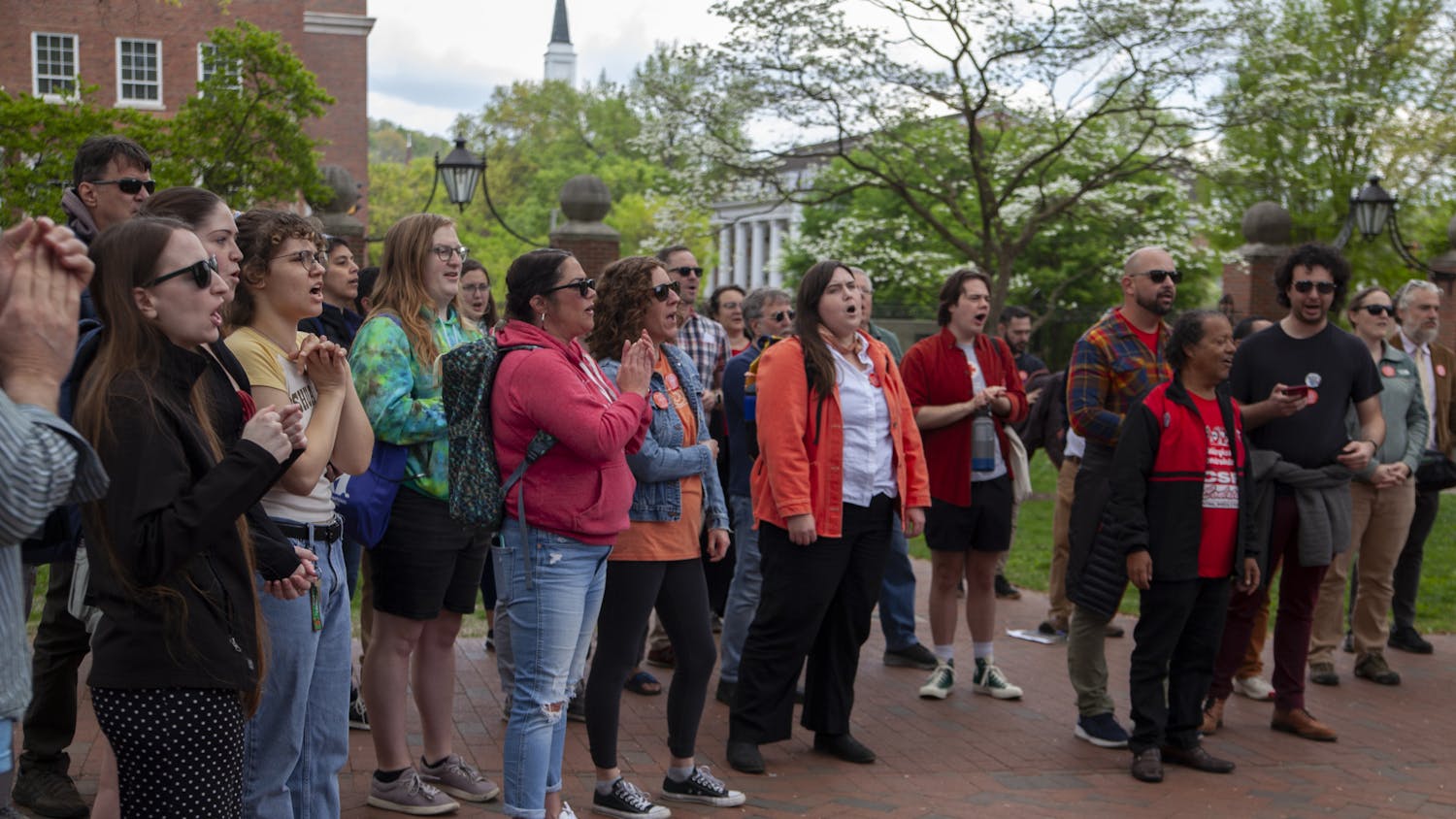In the spring semester of 2020, students in the Margaret Boyd Scholars Program Freshman Seminar curated an exhibit dedicated to women’s history that was never able to be shown because of COVID-19 restrictions. Now back in person, the group, comprised of juniors, is finally showcasing the works members chose.
The Margaret Boyd Scholars Program, named after Ohio University’s first female graduate, is a program devoted to providing undergraduate women mentorship, support, experience and empowerment.
Each year within the program is dedicated to a specific project. For freshmen in the program, it is a seminar component. In the spring of 2020, the seminar involved creating an exhibit of artifacts relating to women’s history. The scholars gathered materials for the exhibit from a selection provided by university archives, some even from Margaret Boyd’s diary.
The exhibit was named “Nevertheless, She Persisted Through Time.” It will be available on the fourth floor of Alden Library for the remainder of spring semester.
Jade Dutiel, a junior studying social work and a Margaret Boyd scholar, said the exhibit is a collection of pieces from the Robert E. and Jean R. Mahn Center for Archives and Special Collections. Each piece demonstrates women’s history at the university over time.
“We got to look through it and pick pieces that really stood out to us whether that was personal, academic-wise or just looked interesting,” Dutiel said. “Then we were able to do even more research into it and still figure out the significance of it… and how (the pieces) affected us.”
The name of the exhibit, Dutiel said, was chosen by the scholars based on pieces originating from the 1700s, 1800s and 1900s; their relevance is still present today.
Luvina Cooley, a junior studying anthropology and a Margaret Boyd scholar, said the book she chose is formatted into two parts that are meant to compare and contrast with one another.
“The first part is a story documenting a trans man's physical transition in the late 90s, early 2000s,” Cooley said. “The second component is a book that is historical about one woman’s experience racially passing as white in order to escape slavery with her with her partner at the time, so it's a really interesting juxtaposition.”
Cooley said she chose these two particular pieces as they enabled her to learn about a different perspective and connect them to her own life.
“I didn't know a lot about racial passing and I wanted to learn more about it,” Cooley said. “I could relate personally, being a trans woman and with the transition, but I wanted to make sure that I wasn't invalidating (the author’s) experiences.”
Dutiel’s selection for the exhibit is a children’s book titled Girls Who Did: Stories of Real Girls and Their Careers, which focused on the groundbreaking roles women held during the 1920s. Dutiel said the selection demonstrated empowerment and shattering of societal norms at a crucial moment in history for women.
“Women didn't really have as many options career-wise as they do today,” Dutiel said. “And so to see this book made in that time period… of their true stories of women being teachers, or being doctors and stuff that they found passion in as a child, and they turn that into a career. And I thought that was so cool.”
Miriam Intrator, special collections librarian for rare books at the Mahn Center, said the exhibit is significant because it demonstrates the multitude of projects students are able to create using library collections and primary source materials. She hopes this will inspire further interest in the available collections.
“It helps draw attention to a small selection of the fascinating materials we have related to women’s history and contributions from Ohio University and Athens to the world well beyond,” Intrator said in an email. “It empowers students to pursue their own interests and share their own thoughts through the interpretation of both historic and contemporary primary sources.”
For those who view the exhibit, Dutiel hopes they will feel strengthened by the work of women from the past.
“It's just amazing to see what women throughout history were doing in a time when women… weren't really the main focus of the time,” Dutiel said. “I hope people see this and they feel just as empowered as the woman who wrote these or made these (artifacts).”






